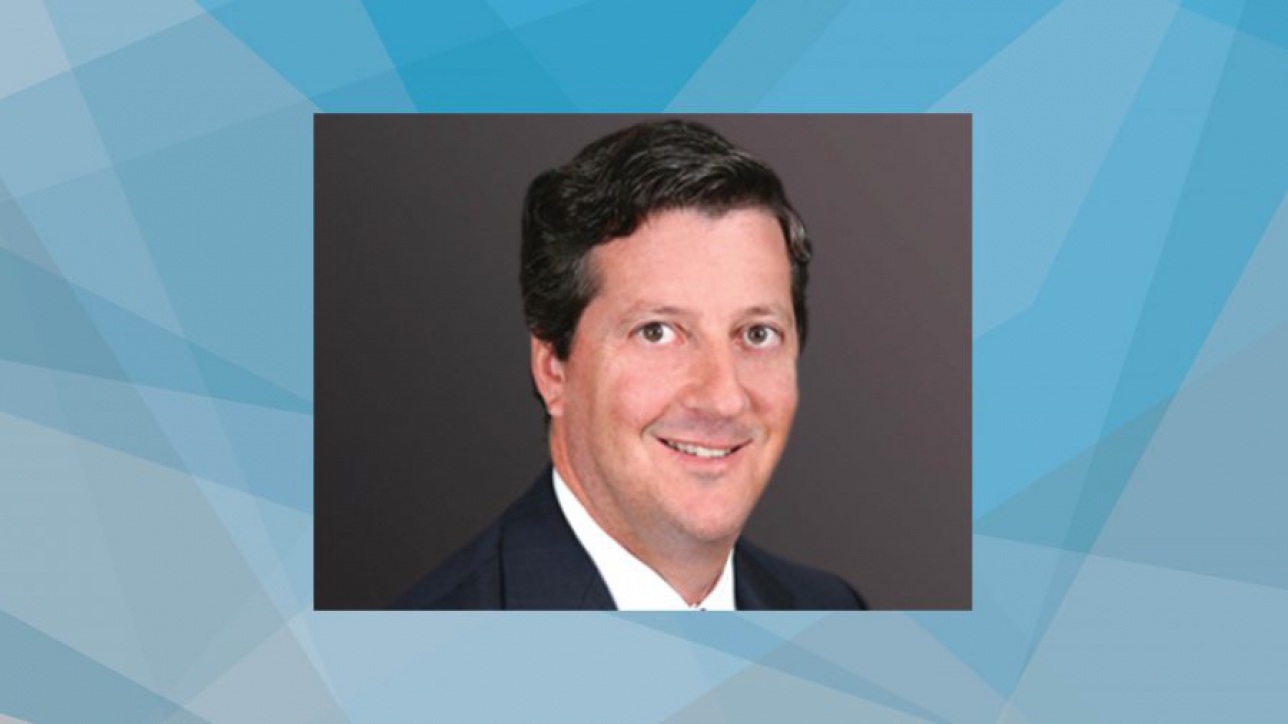David Solomon is a Senior Vice President at CBRE in Glendale, and has been one of the top producing commercial real estate brokers specializing in the San Fernando, Santa Clarita and Conejo Valleys for decades. Solomon serves on AIR CRE’s Office Advisory Board for those three North Los Angeles office markets.
His name is regularly associated with some of the largest transactions and projects in the area, including Warner Center, Westlake and Valencia. Solomon’s strong financial background has made him an expert on the intricacies of the commercial office market. AIR CRE asked Solomon to share a bit about his career, why he serves on the Advisory Board and what makes AIR CRE’s data produced with Xceligent vital today.
What are some career highlights from the more than 26 years you’ve been in CRE?
I started out of college at KPMG, then worked for Prudential in their real estate investment audit group and joined CBRE brokerage in 1996. So, I bring a finance and accounting background. I’ve been involved in some sizeable transactions in the San Fernando Valley, Conejo Valley and Santa Clarita including leases and sales. I am probably most proud of the clients I have represented, which include Brookfield, Mass Mutual, AEW, Hudson Pacific, Equity Office Properties, Invesco, LNR, Bentall Kennedy, John Hancock, RREEF, UBS, Glenborough, Morgan Stanley and a number of local and regional players.
What are some of your achievements in CRE?
I have been ranked as a Top 225 sales producer for CBRE companywide, and have earned a CoStar Group Los Angeles Power Broker Top 20 Office Leasing Broker ranking multiple times.
What is your role today at CBRE?
My primary focus is office leasing in north L.A., both landlord and tenant, as well as providing local support for institutional sales. I focus on the North L.A. office sector.
Why did you get involved in AIR CRE? How does it help you do your job?
I wanted to get involved in a group that would have access to quality and real time market information, as well as have the opportunity to interface and share ideas with active players in the commercial real estate world.
How do the AIR CRE advisory boards work and what role do you play on that level?
The advisory boards are a key advantage that helps keep AIR CRE relevant and indispensable. Its partnership with Xceligent positions the organization at the forefront of the CRE industry, in part because it is backed by a leading data provider across all property types. The advisory role we take as board members ensures the best data set is developed and vetted. By having veteran industry professionals who are active in the markets delivers a higher level of accuracy and transparency.
Let’s shift to talking about the San Fernando, Santa Clarita and Conejo Valley markets. What are the main highlights of these three markets in which you work from a trend perspective, as well as their respective market fundamentals?
The main districts that helped drive the growth in positive net absorption during Q2 2017 were heavily tilted to the Tri-Cities and the San Fernando Valley submarkets. Burbank was the standout with 123,052 square feet of net absorption, but Valencia, West Hills and Woodland Hills all had strong positive activity as well.
San Fernando Valley Market
The proximity to the tight markets of West Los Angeles allows the San Fernando Valley to provide quality options at what can be deep discounts over the West LA markets, as well as being able to draw on the extremely diverse labor base – this applies more to Encino and Sherman Oaks. The West Valley has even more competitive rates and provides quality office space at even greater discounts, which in turn can really impact a company’s bottom line. The market’s 20.6 million square feet of space had a direct vacancy of 12.3%, with 176,407 square feet of net absorption year-to-date, and average rents of $2.50 as of Q2 2017.
Ventura Market
I work the Conejo Valley, which is similar to West Valley noted previously, but also contains locations outside of the City of Los Angeles which typically have lower or no business taxes compared to Los Angeles. It also can be appealing to people that want access to canyon roads which provide easy access to Malibu and Santa Monica. The market’s nearly 19 million square feet had a 15.1% direct vacancy with 81,626 square feet of net absorption year-to-date, and average rents of $2.27 as of Q2 2017.
Tri-Cities Market
The proximity to studios and entertainment is the key driver of the Burbank, Glendale and Pasadena submarkets. The market’s nearly 27 million square feet of space had a 10.9% direct vacancy Q2 2017, with 193,618 square feet of net absorption year-to-date, and average asking rates of $3.03.

